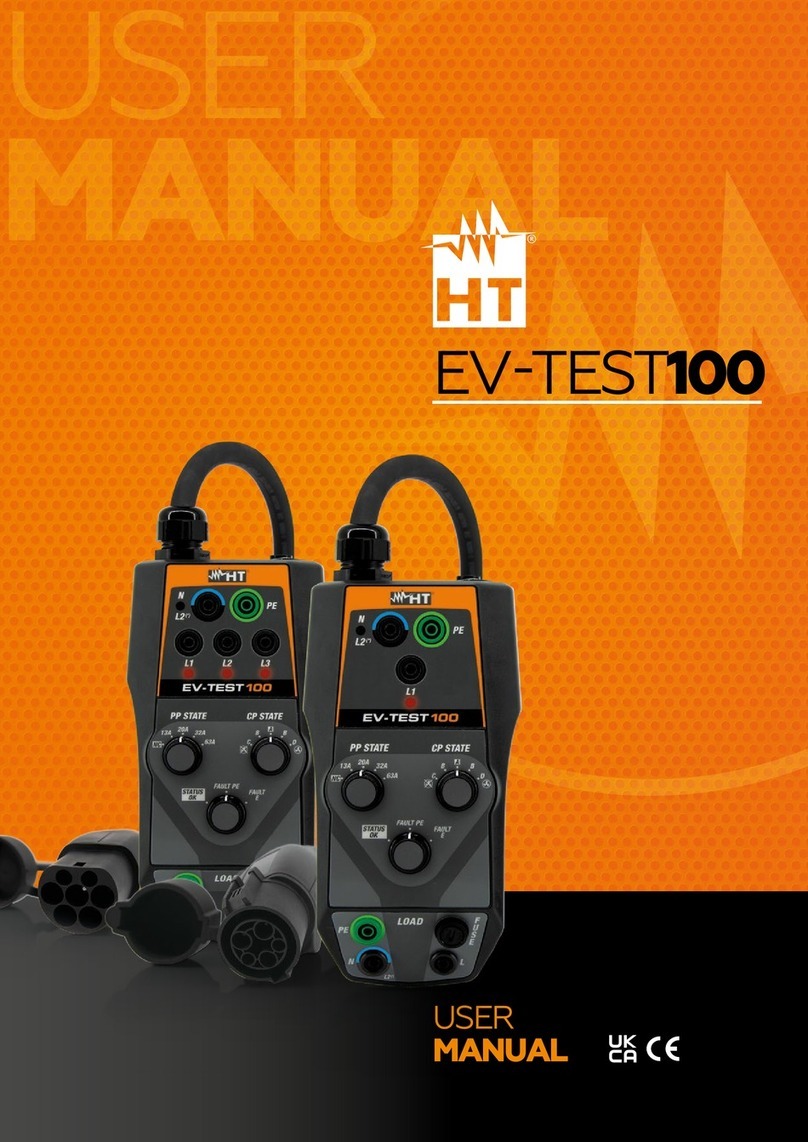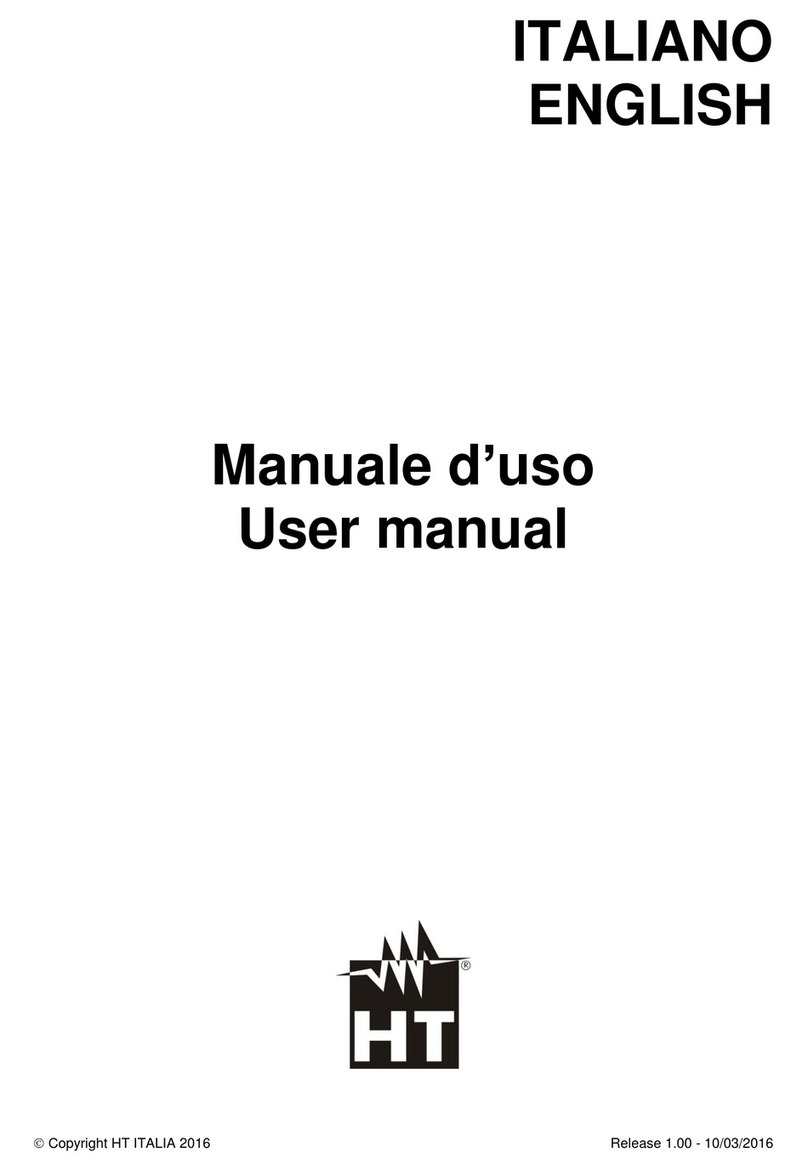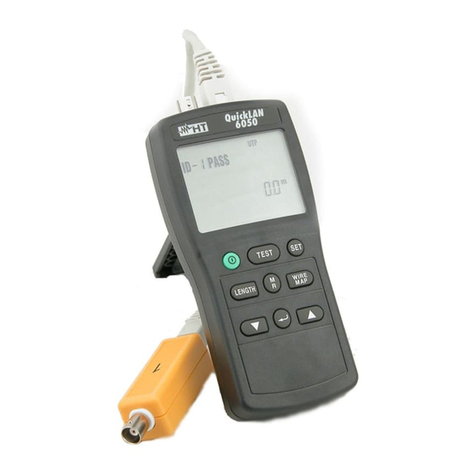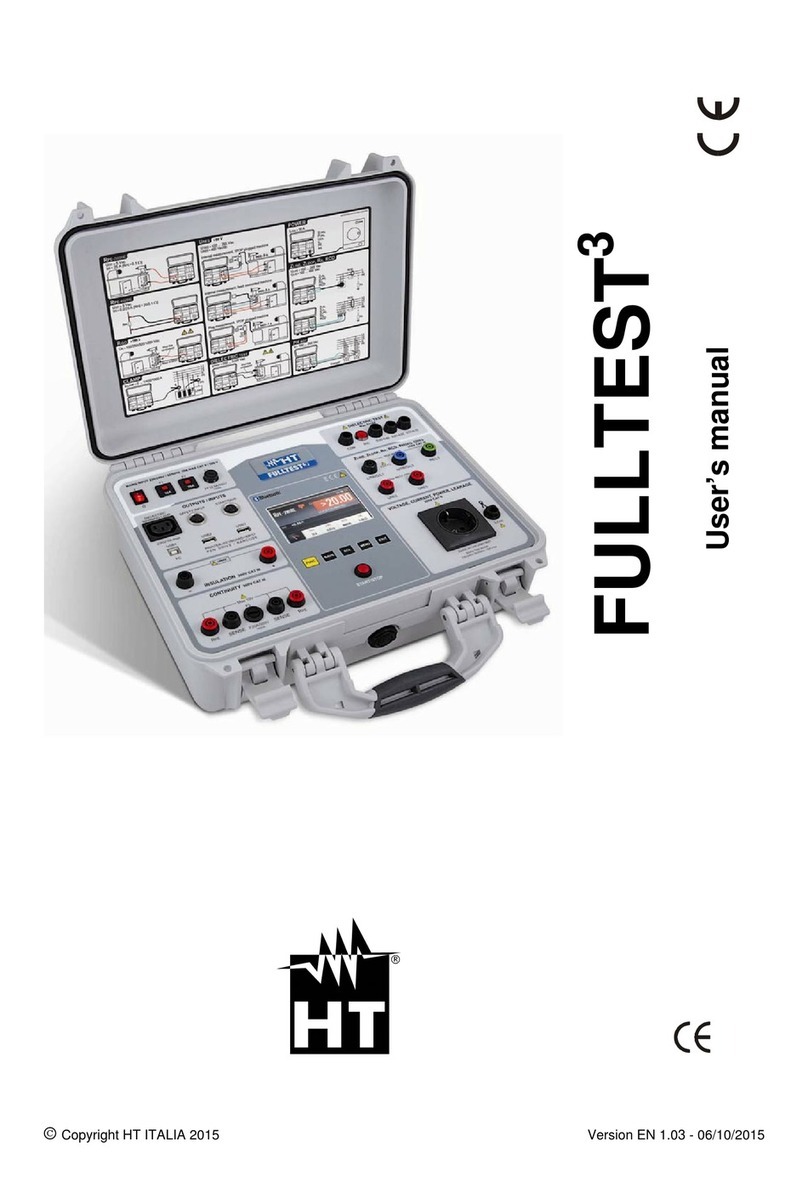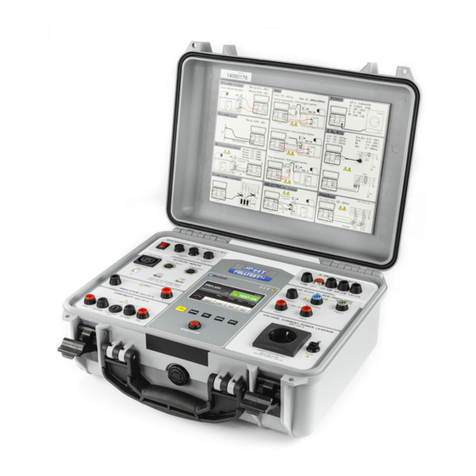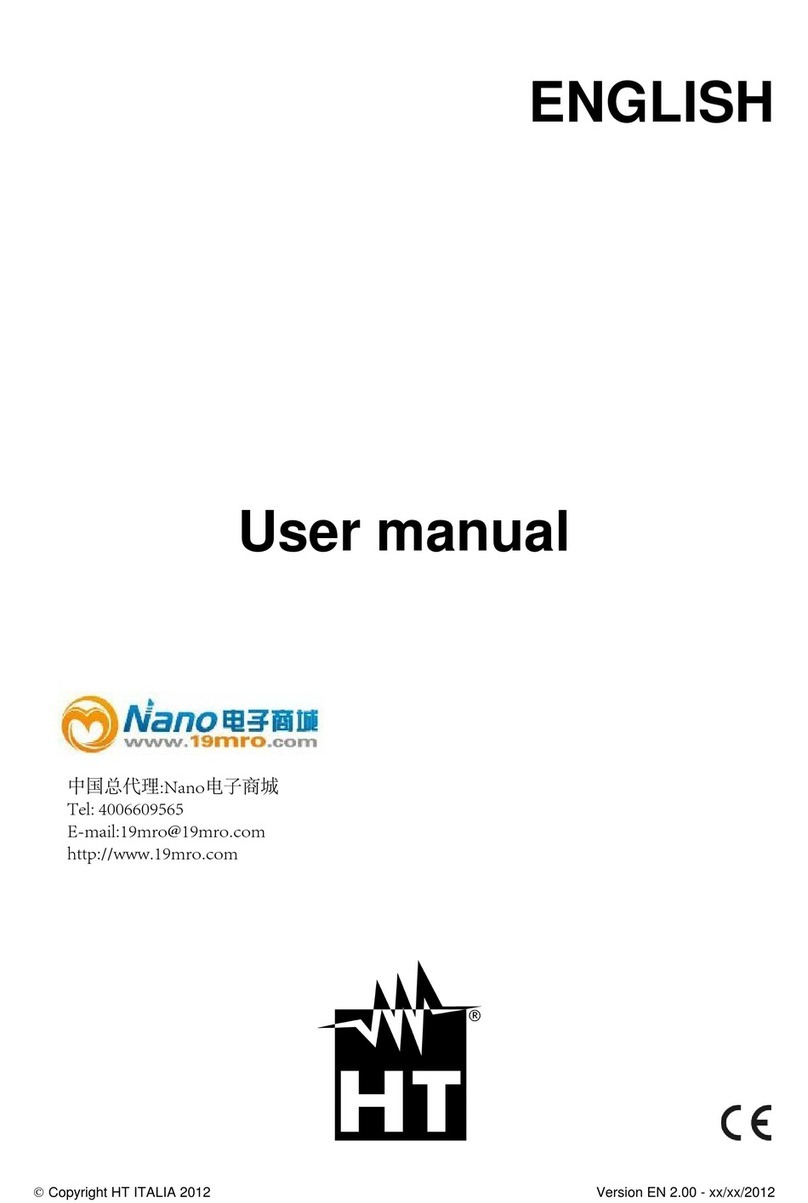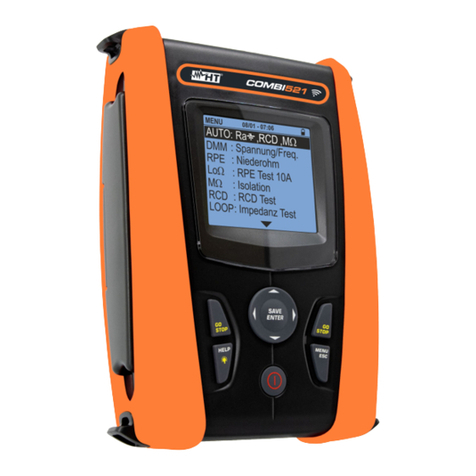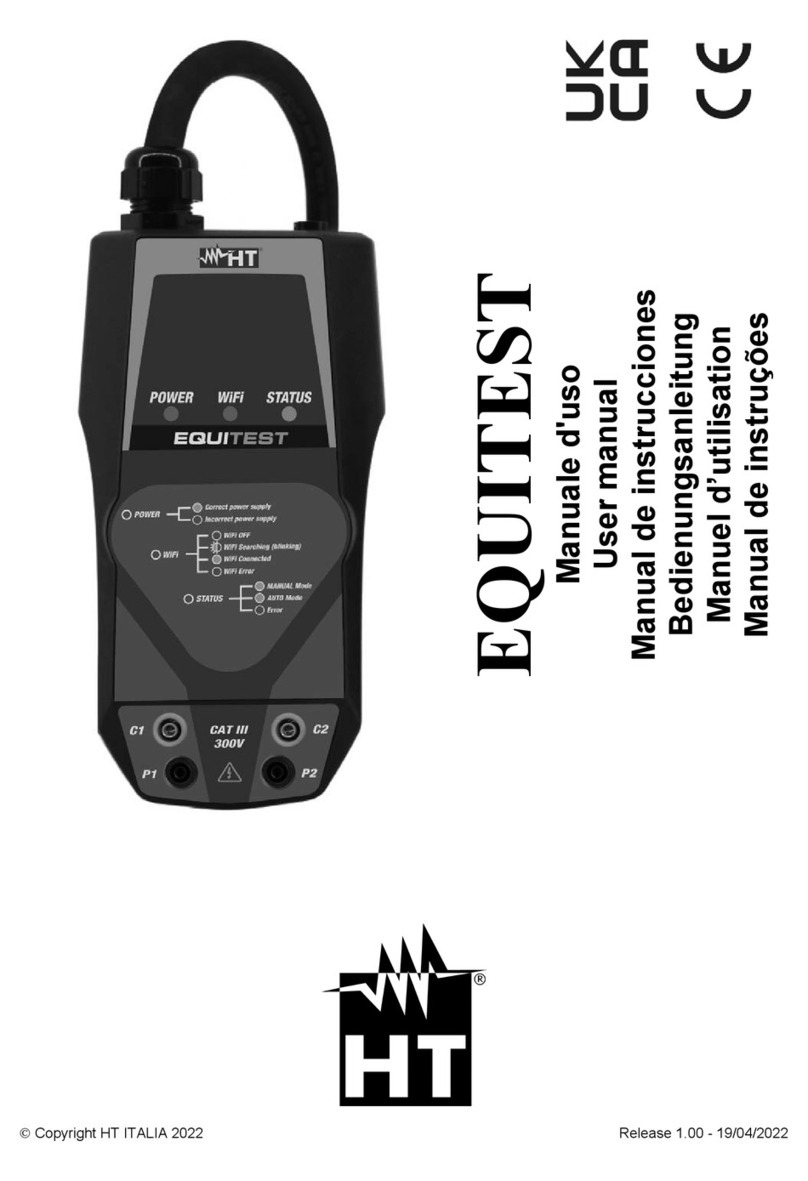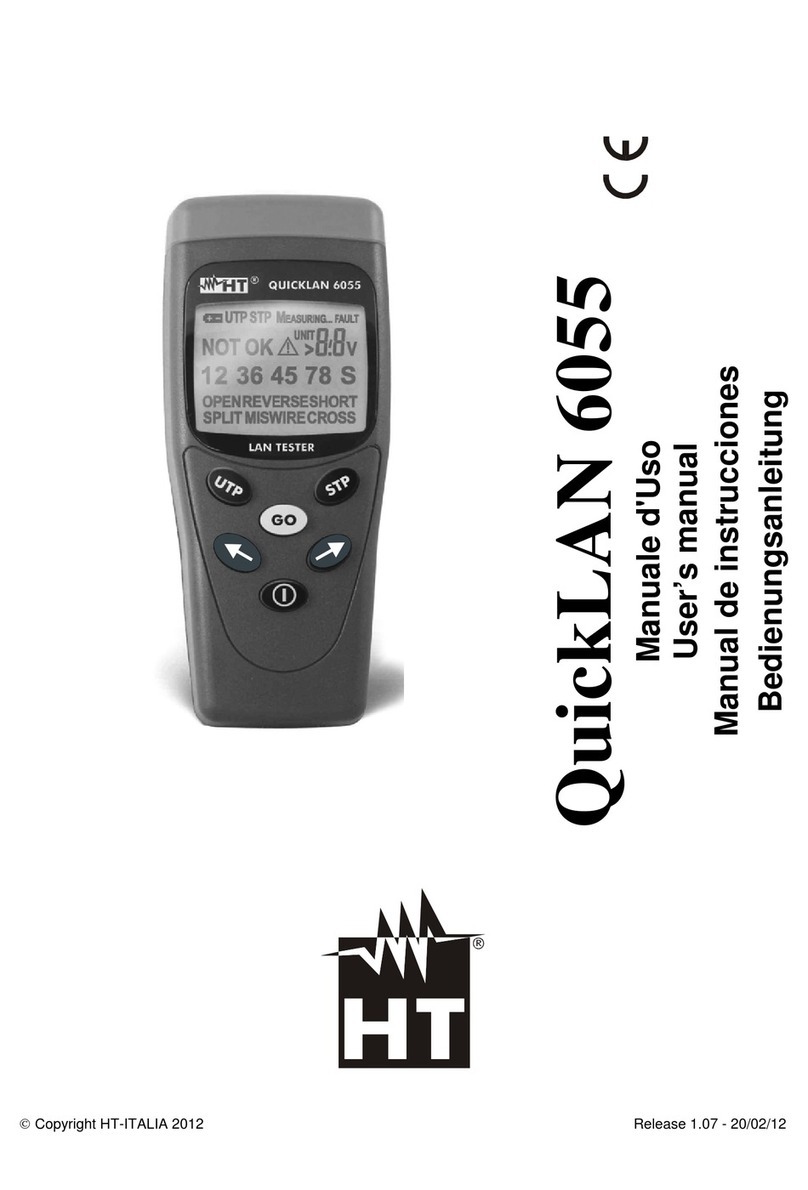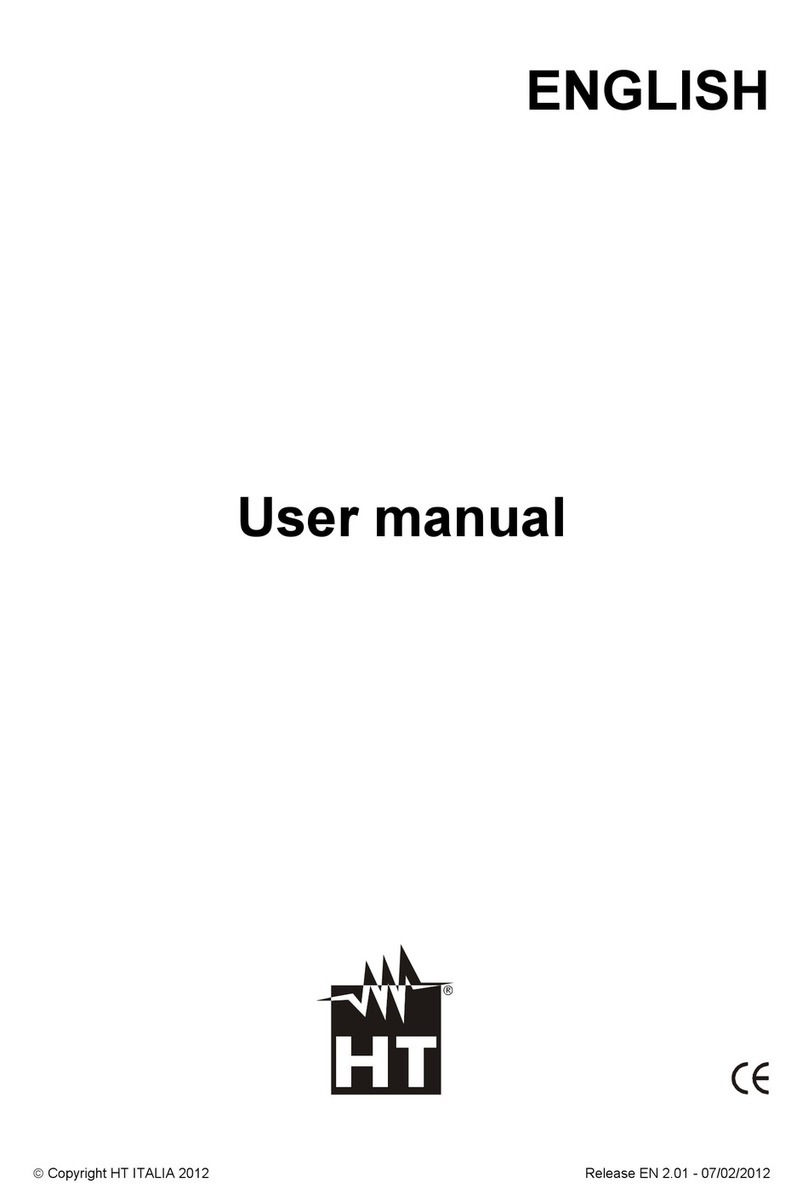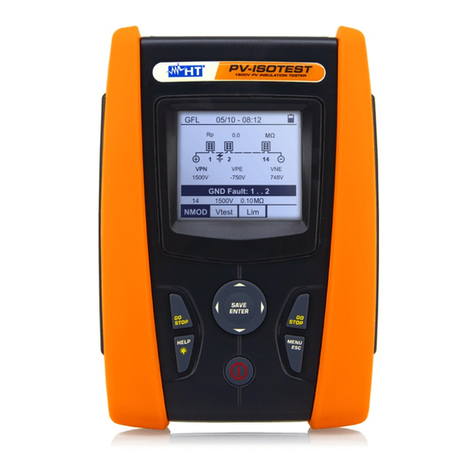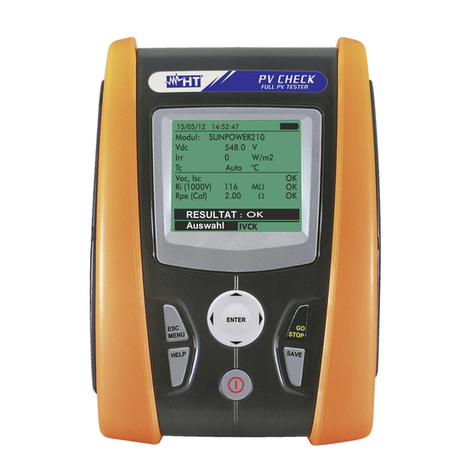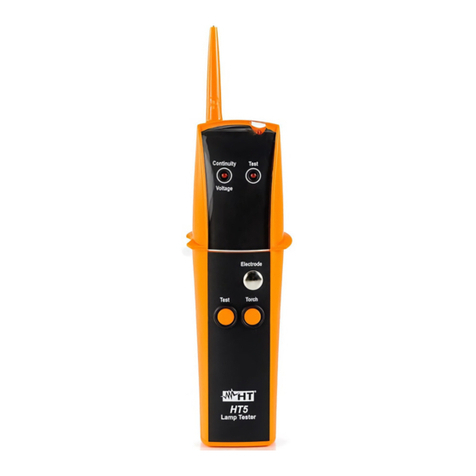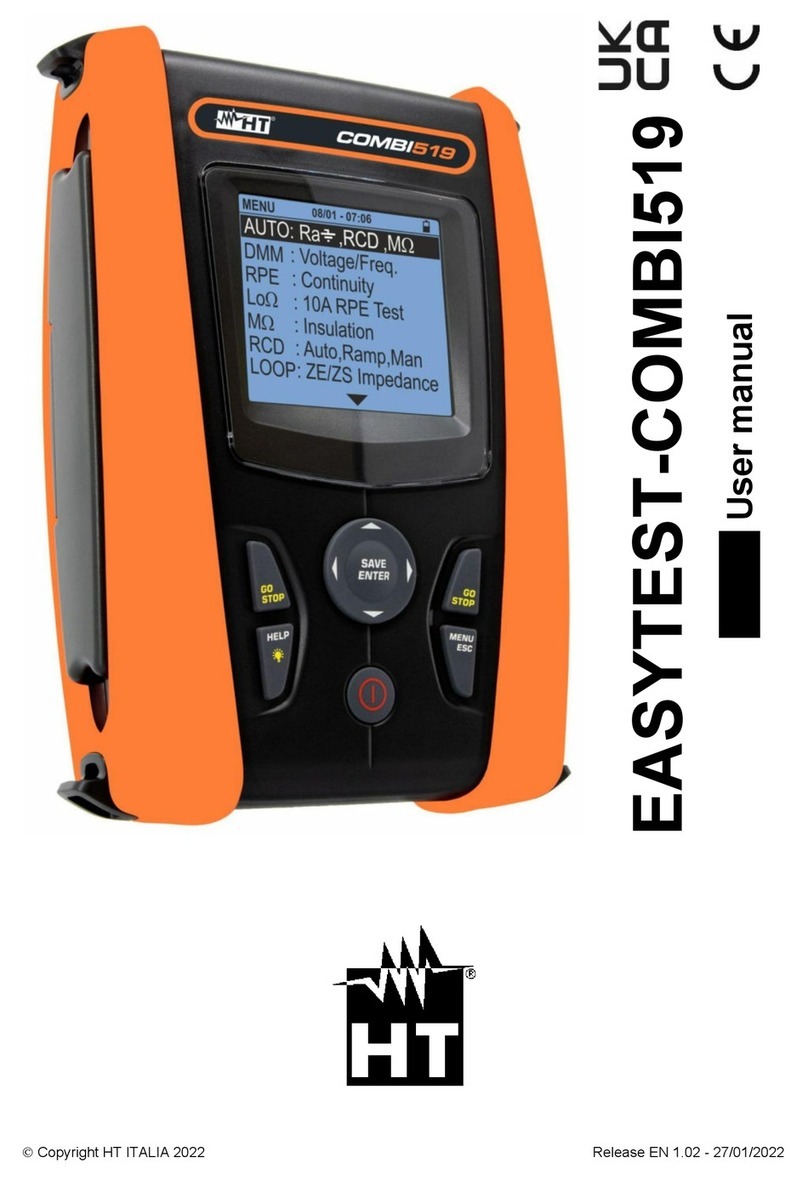
Gx Series
EN - 1
TABLE OF CONTENTS
1.
PRECAUTIONS AND SAFETY MEASURES ...............................................................3
1.1.Preliminary instructions ..................................................................................................... 3
1.2.During use ......................................................................................................................... 4
1.3.After use ............................................................................................................................ 4
1.4.Definition of measurement (overvoltage) category............................................................ 4
2.
GENERAL DESCRIPTION ...........................................................................................5
2.1.Foreword ........................................................................................................................... 5
2.2.Instrument functions .......................................................................................................... 6
3.
PREPARATION FOR USE ...........................................................................................7
3.1.Initial checks...................................................................................................................... 7
3.2.Instrument power supply ................................................................................................... 7
3.3.Storage.............................................................................................................................. 7
4.
NOMENCLATURE........................................................................................................8
4.1.Instrument description ....................................................................................................... 8
4.2.Description of measuring leads ......................................................................................... 8
4.3.Keyboard description......................................................................................................... 9
4.4.Display description ............................................................................................................ 9
4.5.Initial screen ...................................................................................................................... 9
5.
GENERAL MENU.......................................................................................................10
5.1.Instrument settings .......................................................................................................... 10
Language ............................................................................................................................... 10
5.1.1.
Reference country.................................................................................................................. 11
5.1.2.
Automatic Power OFF for display and key sound.................................................................. 11
5.1.3.
System ................................................................................................................................... 11
5.1.4.
Operator name entry.............................................................................................................. 11
5.1.5.
System date/time setting........................................................................................................ 12
5.1.6.
Information ............................................................................................................................. 12
5.1.7.
6.
OPERATING INSTRUCTIONS...................................................................................13
6.1.RPE: Continuity of protective conductors........................................................................ 13
Anomalous situations............................................................................................................. 17
6.1.1.
6.2.M: Measurement of insulation resistance ..................................................................... 18
AUTO or L-PE Timer mode.................................................................................................... 20
6.2.1.
AUTO L/N-PE mode .............................................................................................................. 22
6.2.2.
Anomalous situations............................................................................................................. 24
6.2.3.
6.3.RCD: Test on differential switches .................................................................................. 25
AUTO mode ........................................................................................................................... 29
6.3.1.
AUTO+ mode ..................................................................................................................... 30
6.3.2.
x½, x1, x2, x5 modes ............................................................................................................. 31
6.3.3.
Mode x1 – Test on RCDs with delay time.............................................................................. 31
6.3.4.
Mode ................................................................................................................................. 32
6.3.5.
Test on earth leakage relay RCD........................................................................................... 33
6.3.6.
Anomalous situations............................................................................................................. 34
6.3.7.
6.4.LOOP: Line impedance/Loop and overall earth resistance............................................. 37
Test types............................................................................................................................... 39
6.4.1.
6.4.2Test leads calibration (ZEROLOOP) ..................................................................................... 41
6.4.3STD Mode – Generic test ...................................................................................................... 43
Mode kA – Verify of breaking capacity of protection device .................................................. 44
6.4.4.
Mode I2t – Verify of protection against short-circuit ............................................................... 46
6.4.5.
Mode - Verify of protection coordination ..................................................................... 49
6.4.6.
Mode - Verify of protection coordination – Norvay country......................................... 51
6.4.7.
Verify of protection against indirect contacts (TN system) .................................................... 53
6.4.8.
Verify of protection against indirect contacts (NoTrip test) ................................................ 55
6.4.9.
Verify of protection against indirect contacts (No Trip test – UK Country) ............................ 57
6.4.10.
Verify of protection against indirect contacts (IT systems) .................................................... 59
6.4.11.
Verify of protection against indirect contacts (TT systems) ................................................... 60
6.4.12.
Impedance measurement by means of the accessory IMP57............................................... 62
6.4.13.
Anomalous situations............................................................................................................. 64
6.4.14.













